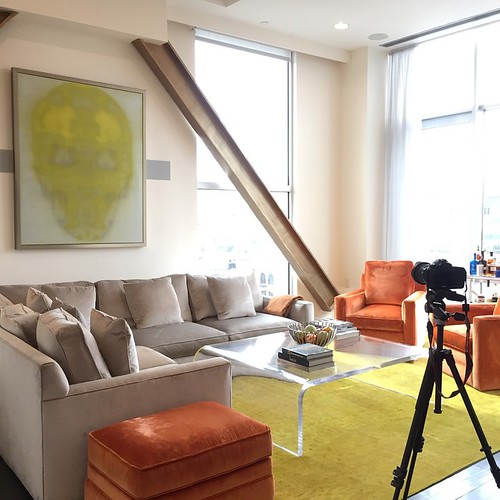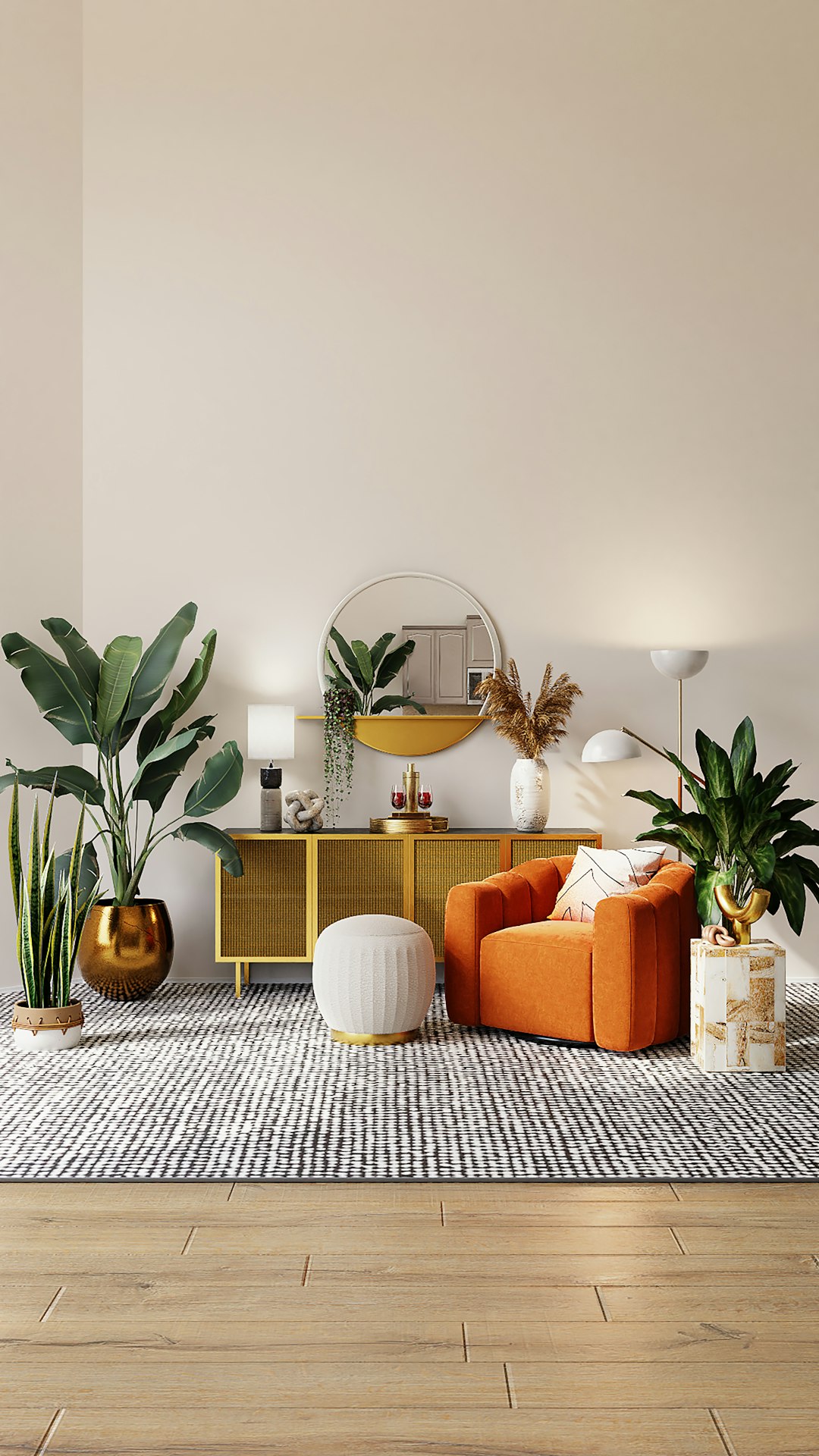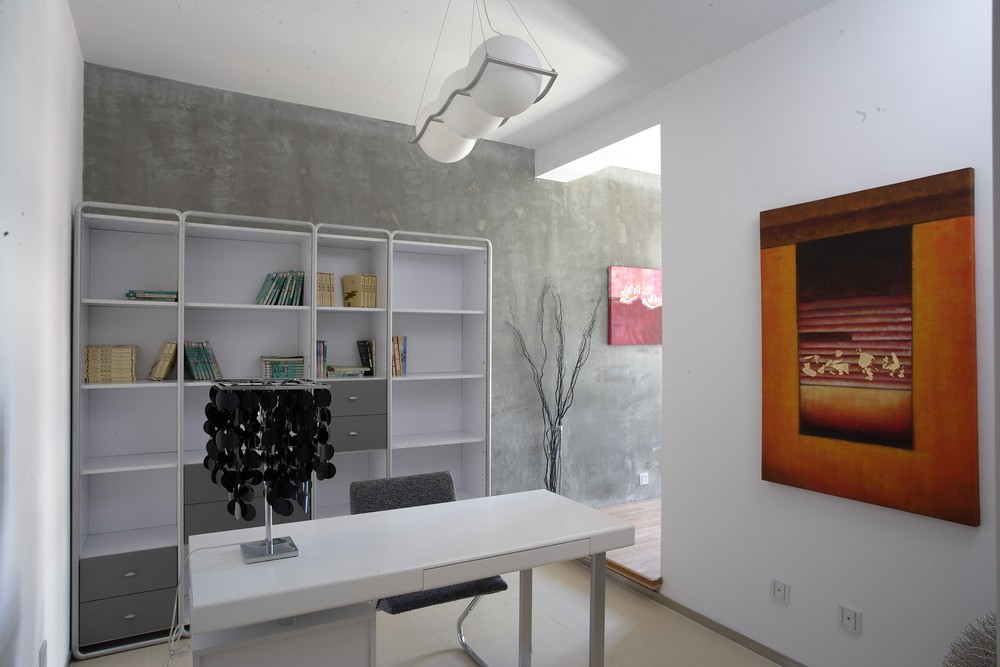Becoming an interior designer is a dream for many who have a passion for creating beautiful and functional spaces. This career not only allows you to unleash your creativity but also to transform the way people experience their environments. Did you know that the field of interior design is expected to grow significantly in the next decade, offering numerous opportunities for aspiring designers? Discover the essential steps, skills, and education you need to embark on this exciting career path.


Interior design is the art and science of enhancing the interior of a space to achieve a healthier and more aesthetically pleasing environment for the people using the space. This discipline involves a comprehensive understanding of architecture, furniture design, color theory, spatial arrangements, and human psychology. The basics of interior design also encompass the ability to understand and interpret the needs and desires of the individuals who will inhabit the space, transforming those needs into a functional and beautiful living or working environment. Effective interior design not only considers the visual and tactile aspects but also focuses on creating spaces that improve the well-being and quality of life of the occupants.
To become a proficient interior designer, one must pursue formal education and training. This typically involves obtaining a degree in interior design or a related field from an accredited institution. During their education, aspiring designers learn about different design styles, history of design, computer-aided design (CAD) software, building codes, and project management. Many programs also include practical experience through internships, which provide valuable real-world experience. Beyond formal education, continuing professional development through workshops, conferences, and courses is crucial for staying up-to-date with the latest design trends, technologies, and industry standards.

Creating a compelling portfolio is a critical step in launching a successful career in interior design. Your portfolio should showcase your best work, including before and after photos, sketches, mood boards, and detailed descriptions of your projects. It's a visual representation of your style, skills, and creativity. As you work on various projects, be it through internships, volunteer work, or personal projects, document your process and outcomes meticulously. This documentation not only enriches your portfolio but also helps you reflect on and articulate your design approach and problem-solving skills.
Gaining experience in the field is equally important. Participate in internships with design firms or experienced designers to understand the practical aspects of interior design. These opportunities allow you to apply your theoretical knowledge in real-world scenarios, work on projects from concept to completion, and learn from seasoned professionals. Volunteering your design services to non-profits or friends and family can also be a great way to build your portfolio while making valuable contributions. Remember, each project you undertake is an opportunity to learn, improve, and add to your portfolio, which is crucial for your growth and success in the interior design industry.
Once you have a solid foundation in interior design, a relevant education, and a robust portfolio, the next step is to navigate the job market and look for opportunities to advance your career. This stage involves several key strategies, such as networking, staying abreast of industry trends, and continuously improving your skills. Networking can be particularly effective; attending industry events, joining professional associations, and connecting with fellow designers online can open up new job opportunities and collaborations. It's also crucial to keep learning, whether through formal education, workshops, or online courses, to ensure your design skills remain cutting-edge. Finally, consider seeking mentorship or guidance from experienced designers who can provide insights and advice on career progression. By actively engaging with the interior design community and demonstrating a commitment to professional development, you can unlock new career opportunities and achieve long-term success in the field.
Immerse yourself in architecture’s most boundary-pushing ideas—where innovative home improvements meet visionary urban developments. Discover new building techniques, materials, and creative concepts that are redefining how we shape our spaces on a global scale.